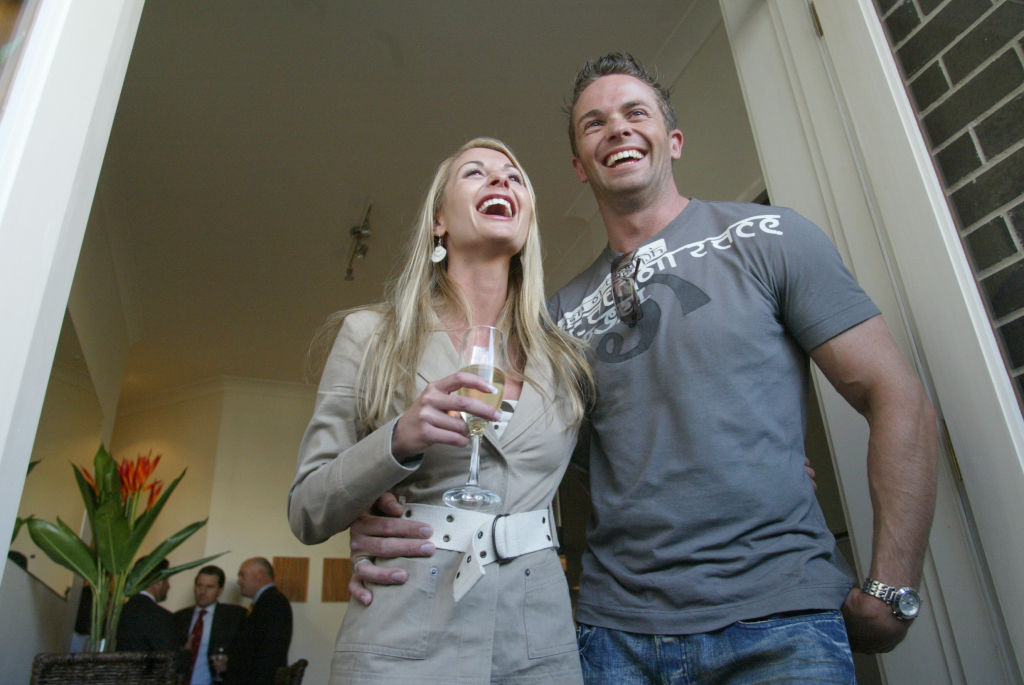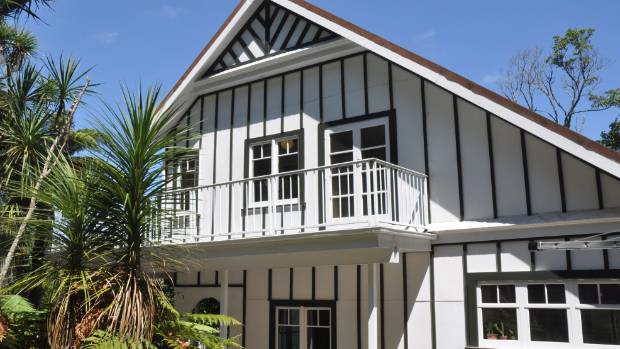PHOTO: The Block 2003 winners Fiona Mills and Adam Thorn in Bondi, NSW. Photo: Peter Rae
It was 2003 when the first episode of The Block aired. John Howard was the long-serving prime minister, Australia’s population was yet to crack the 20 million mark, the Black Eyed Peas were dominating the pop charts and the median house price across the capital cities was $339,670.
Fast-forward two decades, we’ve been through six prime ministers, our population has ballooned to 26 million and the median price for a house in a major city is $1.02 million. (Oh, and the Black Eyes Peas are still performing – albeit without Fergie.)

In 2003, the inaugural episode of The Block made its debut. At that time, Australia was under the leadership of the enduring Prime Minister John Howard, the country’s population had not yet surpassed 20 million, the musical charts were dominated by the Black Eyed Peas, and the median house price across major cities rested at $339,670.
Fast-forwarding two decades, Australia has witnessed the tenure of six prime ministers, the population has surged to 26 million, and the median price for a house within significant urban centers now stands at $1.02 million. (Interestingly, the Black Eyed Peas continue to perform, albeit without Fergie.) The Australian real estate realm has undergone significant upheavals during these past 20 years, shaped profoundly by the global financial crisis of 2009, followed by an extended period of historically low interest rates, robust population growth, and, of course, the recent pandemic.
https://propertynoise.co.nz/au/the-listings-for-the-block-2023-have-been-published-take-your-initial-peek-at-the-price-guides/
In the year 2003, the city with the highest real estate prices was Sydney, where the median house price hit $516,000 during the June quarter, according to Domain’s data. Comparatively, it was more affordable in Canberra ($347,000) and Melbourne ($314,000), while Hobart lagged behind at $159,000. For regional Australia, the national median house price reached $184,500, in stark contrast to the current $570,000.
The inaugural season of The Block was set in Bondi, featuring contestants renovating and selling two-bedroom apartments with a reserve price of $595,000. During that period, Sydney’s median apartment price stood at $363,000; today, it has surged to $758,000.
David Wood, a seasoned real estate agent and auctioneer from Belle Property, observed that buying and selling property has evolved into a “more deliberate decision.” He noted, “Today, it’s a significantly weightier decision due to the substantial costs involved. In comparison to 2003, the average property price relative to the average income has escalated significantly.” This leads to the question: Are fewer Australians homeowners now compared to two decades ago?
Home Ownership and Expenses The ownership of homes has only slightly decreased since the start of the century, moving from 69 percent of Australian households owning their residences in the year 2000 to 67 percent in the 2021 census. Nonetheless, a noticeable decline is seen in the proportion of individuals under 40 years old purchasing homes. Data from the ABS reveals that in 2002-2003, 48 percent of homeowners had a mortgage, with the median outstanding loan amount at $96,000. The weekly cost encompassing mortgage payments and property rates averaged at $246. Presently, approximately 53 percent of homeowners hold mortgages, with the most recent ABS data indicating an average mortgage of $580,000 for owner-occupiers in mid-2022.
https://propertynoise.co.nz/au/20-years-and-counting-the-block/
Average weekly housing expenses for mortgage holders had risen to $493 by 2020, with the likelihood of being notably higher now due to subsequent interest rate increases.
Size Isn’t Always Superior As per the ABS, the average floor area of newly constructed homes in 2023 measured 232 square meters, resembling the size from two decades ago. The pinnacle was reached in 2008 with an average of 252 square meters.
Disparities in size are evident across various states and territories, with newly constructed homes in the ACT boasting an average floor area of 259 square meters, marking an increase of nearly 30 square meters since 2002. Conversely, Tasmania features the smallest average floor size in new constructions, a mere 182 square meters.
Domain’s national managing editor, Alice Stolz, a frequent expert on The Block, remarked that bigger isn’t always better in the real estate market. Despite The Block’s gradual expansion into larger properties over time, Stolz highlighted that the latest season showcases family-sized homes with more moderate floor plans. This suggests that considerable features can be incorporated into smaller houses.
https://propertynoise.co.nz/au/the-block-embraces-sustainability-behind-the-scenes-secrets-of-the-renovation-show-unveiled/
The Costly Art of Renovation and Our Enduring Love for DIY The enduring popularity of property and renovation accounts for The Block’s longstanding presence on television screens, yet it’s undeniable that the expenses associated with building and renovating have significantly escalated since 2003.
Back in 2003, the average cost of building a house in Australia was approximately $179,467, as indicated by the ABS. By February of the current year, this figure had surged to $449,436, with the construction process notably elongated. The costs of construction and materials witnessed a surge during the pandemic due to supply chain disruptions, impacting even the smallest of home-based DIY projects.
SOURCE: DOMAIN
https://propertynoise.co.nz/au/troubled-the-block-star-suzi-taylor-thanks-fans-for-their-support/
















